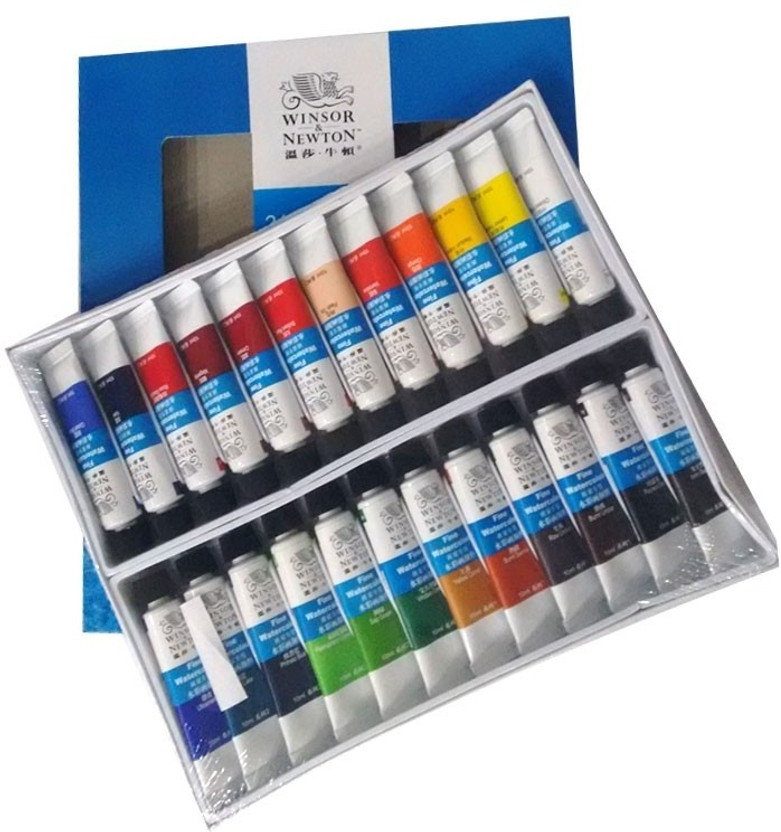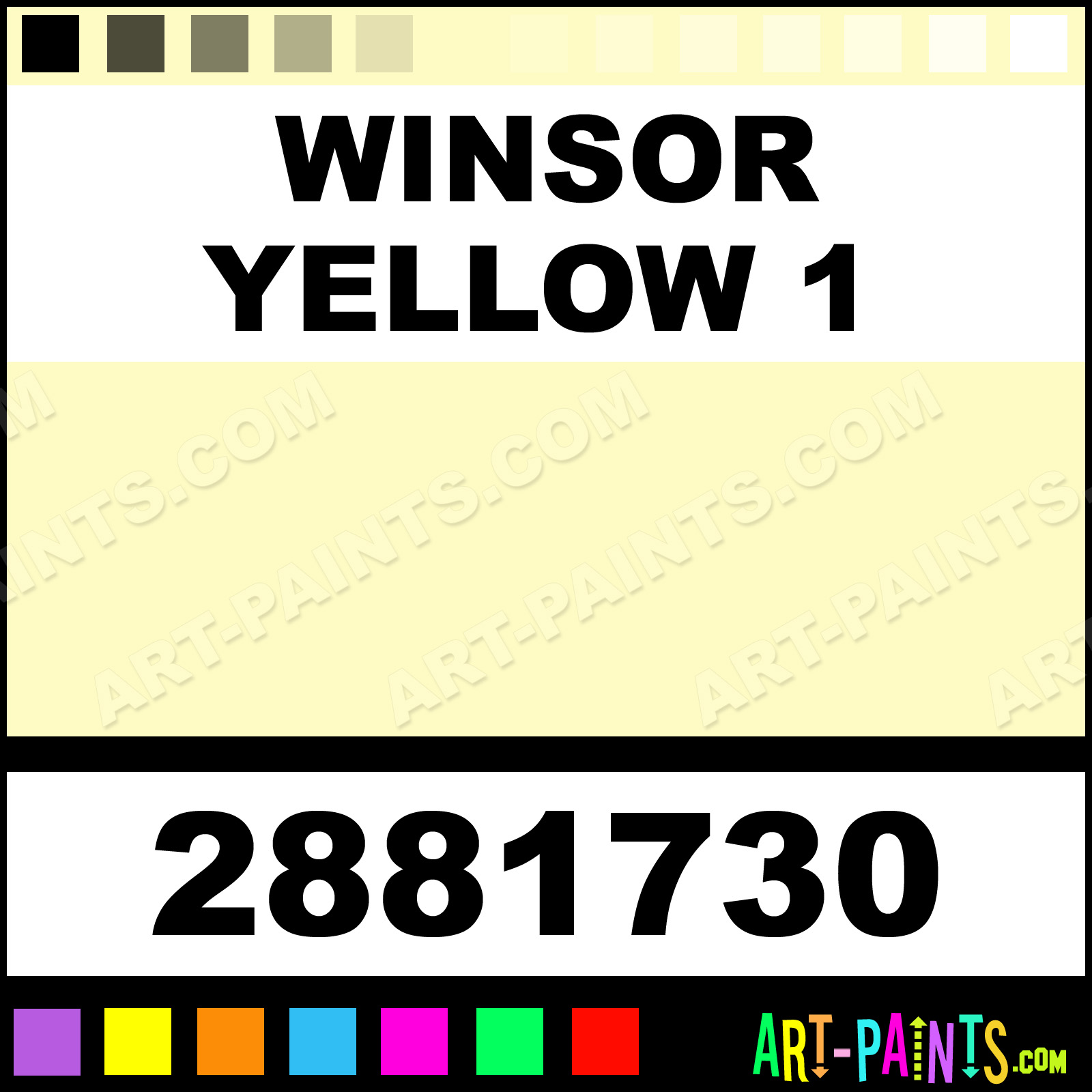

How do “Hue” colours differ from other oil colours?ĭesigned to closely resemble the spectrum of natural oil colour pigments, “Hue” oil colour offers a quality, affordable alternative. Winsor & Newton offer some useful Tips For Using Oil Paint Mediums. Adding Winsor & Newton Liquin Original increases the drying rate by approximately 50%, whereas introducing a Painting Medium will change the rate of drying, as well as influencing the gloss and texture of the colour. There are a number of ways that the drying times of oil colours may be altered. Winsor & Newton provide further information on Understanding The Drying Times For Oil Colour. It is important to know the drying times of the oil colours used, so that slower-drying oil colour is painted over faster-drying layers, in order to avoid cracking. However, every pigment reacts differently when mixed with oil, resulting in varying drying times. Oil colour tends to become touch dry in 2-12 days. The slow drying properties of oil colour means they are excellent for creating subtle blends, affording the artist smooth transitions in their painting. Oil colour dries slowly, offering artists flexibility and time to make modifications. Removing Oil Colour Using “The Masters” Brush Cleaner And Preserver The following videos show different ways of cleaning oil colour paint brushes: Oil colours are oil-based, so any brush used to apply the oil colour paint should be thoroughly cleaned after use with either a solvent or brush cleaner. The pigment fixes to the support upon dehydration and oxidation of the oil, forming a hard film on the surface. This is then applied to a support such as canvas. Oil colour is produced by the combination of a pigment with a natural oil binder, such as linseed, walnut and poppy oils. Offering the widest spectrum of all Winsor & Newton Oil Paint colours, the Artists’ Oil Colour range comprises 131 colours in 37ml size tubes, many of which are also available in 200ml tube sizes. Using only the purest pigments with the most suitable drying oils, this range contains 80 single pigment colours, allowing cleaner, brighter mixes and infinite hues, with exceptional covering power and strong intensity of tint.Įxcellent retention of brush and palette knife strokes is provided by Winsor & Newton Artist's Oil Paint's stiff, uniform consistency. One of the five Winsor & Newton oil paint ranges, Artists' Oil Colour is renowned for its unrivalled purity, quality and reliability. Our team is at your disposal by email or by phone.Video: Opaque & Transparent Pigments In Winsor & Newton Oils

Aquapasto: Aqua pasto is a translucent gel medium that reduces flow and thickens watercolors and gouache to give an impasto effect.ĭo you want more information about the different Winsor & Newton?.It is recommended to cover the entire surface before starting to paint. Apply directly to paper and allow to dry before painting. Preparation for lightening: Easily lift dry washes, including coloring colors, from paper with a damp brush or cloth. Apply directly to paper or mix with watercolor. Texture medium: Contains fine particles which add fine texture and can be used to give a sense of depth and structure to watercolours.Mix with transparent watercolor or apply over dried wash. The iridescent medium: This medium gives pearly or shimmering effects to watercolors and is particularly effective when mixed with transparent colors especially on dark backgrounds.Winsor Blue), or enhancing the graininess effect of colors (eg French ultramarine) For maximum effect, thin the color generously with medium alone. The granulation medium: This increases the graininess of the color, giving a mottled appearance to colors that typically give a smooth wash (e.g.For maximum effect, dilute with medium only. Extends working time even in hot climates. Mixing medium: Slows drying of watercolours, allowing more time for blending.The different characteristics of Winsor & Newton


 0 kommentar(er)
0 kommentar(er)
